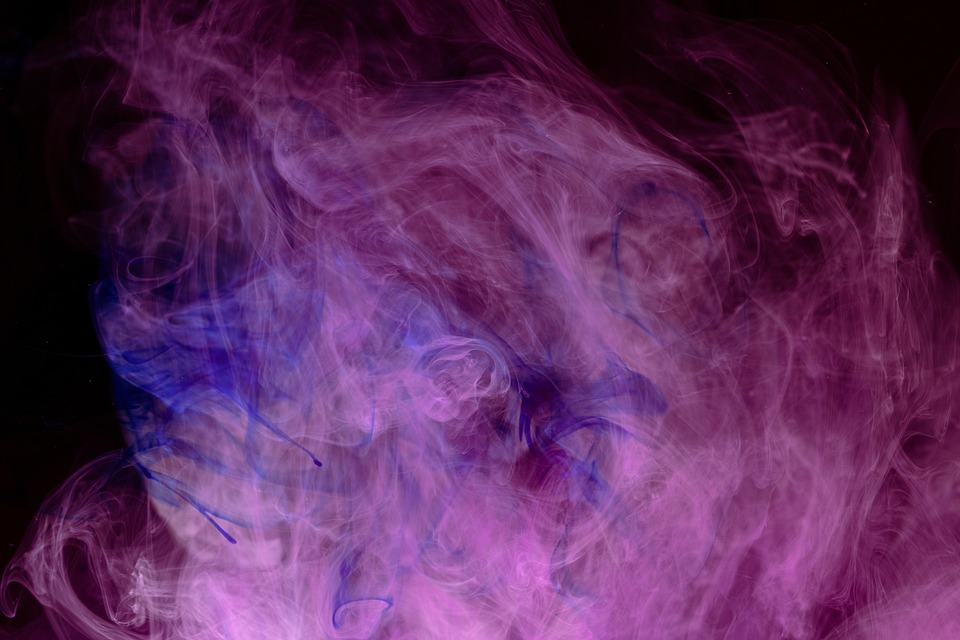In the ever-evolving landscape of digital marketing, brands are continuously searching for innovative ways to engage consumers. Among the most intriguing technologies on the horizon is mixed reality (MR), a blend of virtual reality (VR) and augmented reality (AR) that combines the physical and digital worlds. As businesses strive to capture attention in a saturated market, MR could very well be the game-changer they need. Let’s explore why mixed reality might be the next big thing in marketing.
Understanding Mixed Reality
Mixed reality encompasses a spectrum that ranges from entirely virtual environments to enhanced real-world experiences. Unlike VR, which immerses users in a completely virtual space, or AR, which overlays digital content onto the physical world, MR allows for real-time interactions between both environments. This capability opens up exciting opportunities for marketers to create fully immersive experiences that resonate with consumers on a deeper level.
Engaging Audience Interaction
One of the primary strengths of mixed reality lies in its potential for engagement. According to research, immersive experiences have been shown to generate a more significant emotional connection with audiences. Imagine a customer being able to "try on" a new outfit using MR before making the purchase or visualize how a piece of furniture would look in their living room.
This interactive approach not only enhances the shopping experience but also reduces the uncertainty often associated with online purchases, thereby boosting conversion rates. Brands like IKEA have already taken steps in this direction with their AR apps, allowing consumers to see how products fit into their homes.
Storytelling in Marketing
Mixed reality offers brands an exceptional platform for storytelling. With the ability to combine realistic visuals with engaging narratives, marketers can create experiences that captivate and inform. For example, a tourism company could craft an interactive MR experience of a destination, allowing potential travelers to explore attractions from the comfort of their homes.
Such experiences can turn a simple marketing campaign into an interactive narrative, leading to more memorable brand interactions and deeper consumer loyalty.
Data-Driven Insights
With mixed reality, brands can gather invaluable data about user behavior and preferences. Tracking interactions in a mixed reality environment provides insights into what consumers engage with most, allowing marketers to tailor their strategies effectively. This data can help businesses refine their offerings and optimize their marketing campaigns to resonate more strongly with their target demographics.
Cost Considerations
While the potential for MR in marketing is vast, it’s essential to consider the cost of developing mixed reality experiences. Currently, the technology requires significant investment in development and hardware. Companies must weigh these costs against the potential return on investment (ROI). However, as MR technology continues to mature, it is anticipated that production costs will decrease, making it more accessible for brands of all sizes.
Challenges and Considerations
Despite the promising potential of mixed reality, several challenges must be addressed. User accessibility is a significant hurdle; for MR experiences to be successful, consumers need access to compatible devices and a stable internet connection. Moreover, while immersive experiences are attention-grabbing, they must be thoughtfully designed to avoid overwhelming users or detracting from the brand message.
Additionally, brands must be aware of privacy concerns associated with collecting data from MR interactions. A transparent approach to data usage will be vital in building trust with consumers.
Conclusion
Mixed reality has emerged as a powerful tool that can revolutionize how brands engage with their audiences. With its ability to create immersive experiences, enhance storytelling, and provide rich data insights, MR holds great promise in the marketing landscape. Although challenges remain, the potential benefits make it a compelling option for forward-thinking marketers looking to stand out in an increasingly competitive arena.
As technology continues to evolve, keeping an eye on mixed reality will be crucial for brands seeking to capitalize on the next big thing in marketing. Whether it becomes a mainstream tool hinges on how adeptly brands can harness its capabilities to create meaningful and memorable consumer experiences.



